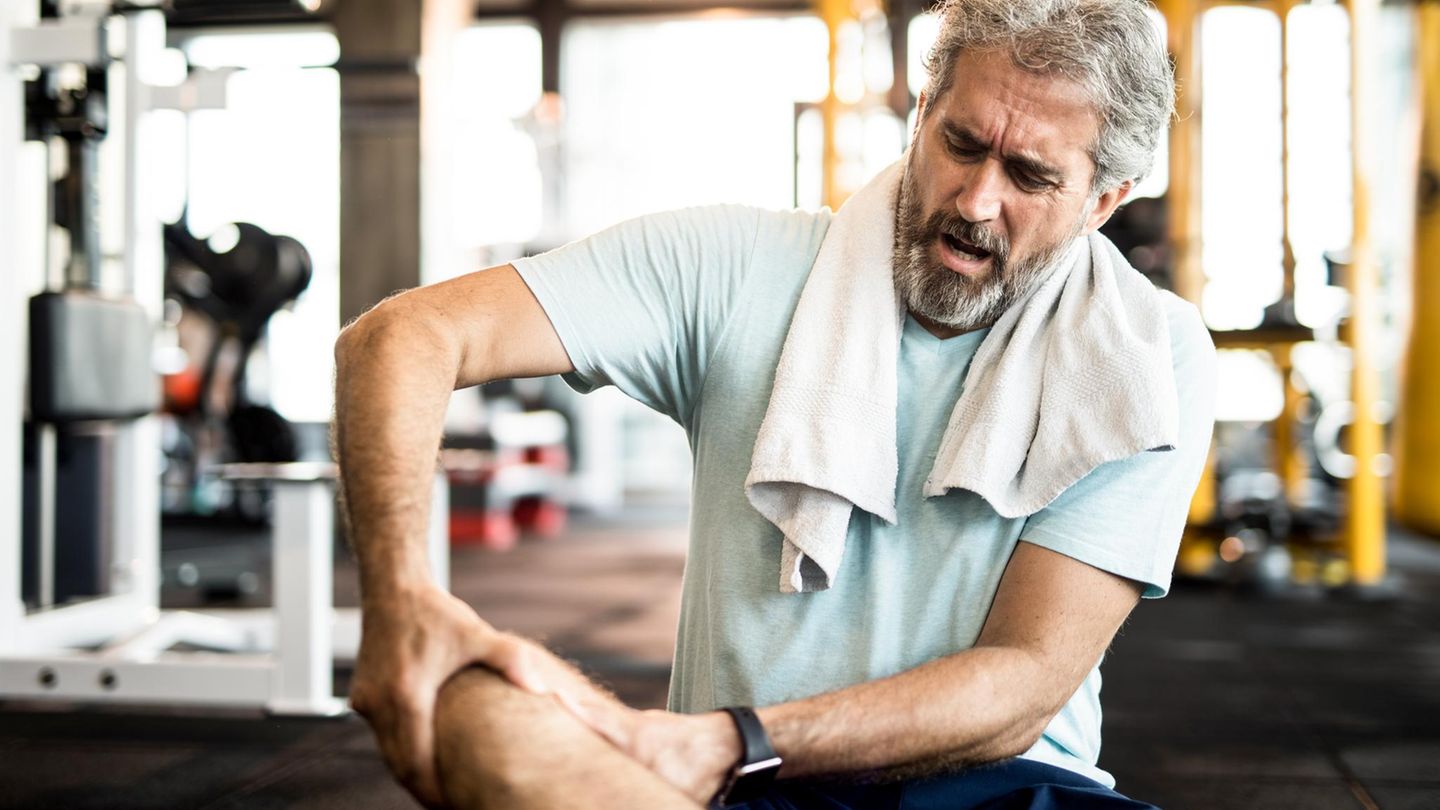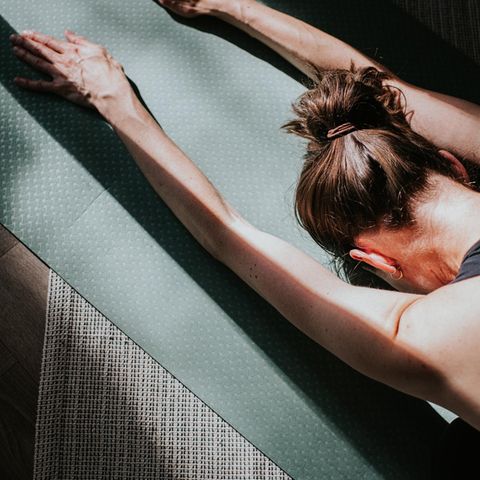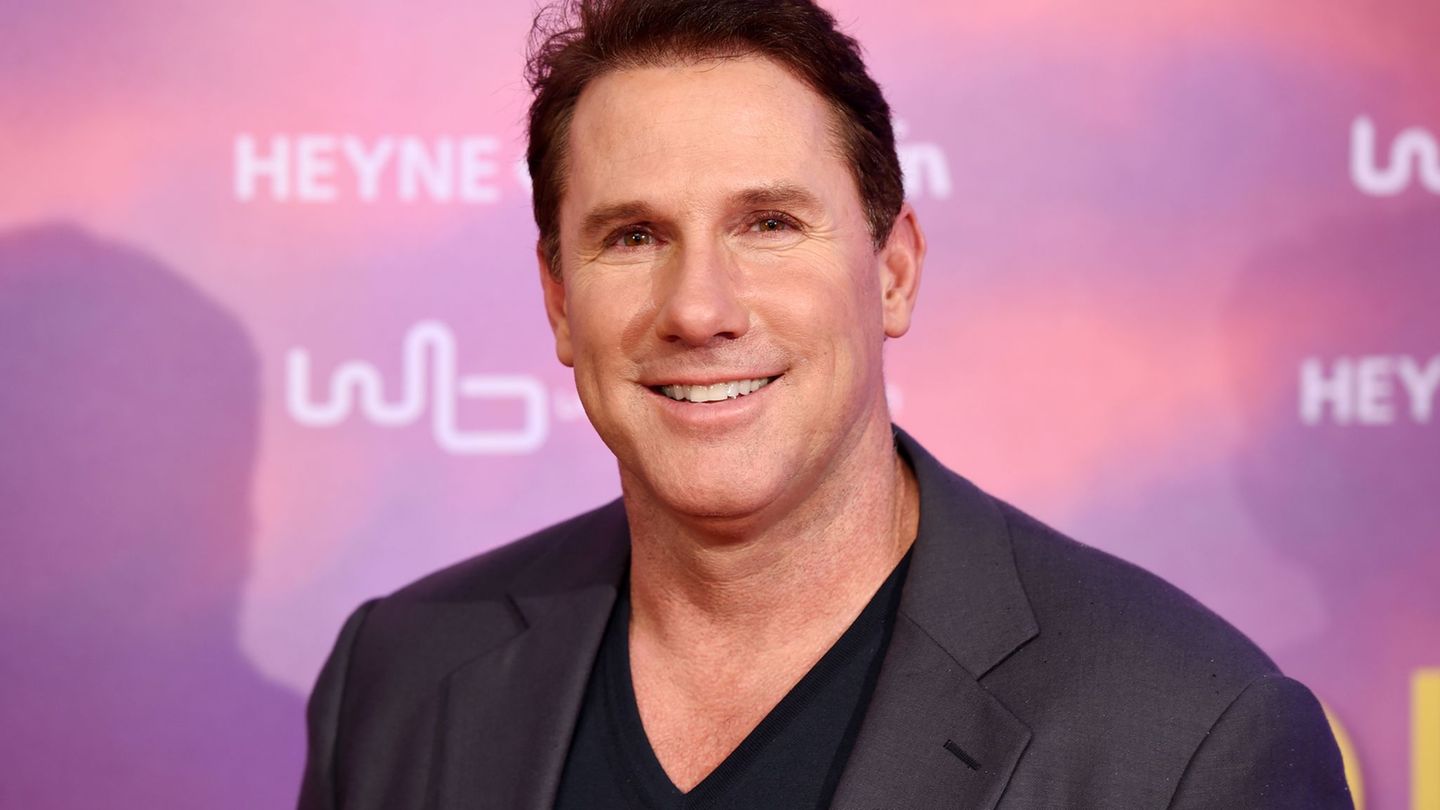Sports medicine
Can I continue to train despite sore muscles?
Copy the current link
Add to the memorial list
The sore muscles have not yet subsided, but the desire for sport but great. Is it wise to train despite pain? You should pay attention to a rule, otherwise there are any injuries.
Sometimes motivation is greater than reason. Then we run a half marathon right after months of break or do 20 kilos more than good. The receipt often comes the next day: sore muscles. The muscles hurt, may even be swollen and sensitive to pressure. An unmistakable sign that we have exaggerated with the sport, overly or unusually stressed the body. And now: grit training break or teeth and continue?
“Under no circumstances work into the sore muscles,” says Prof. Dr. med. Rüdiger Reer, Secretary General of the German Sports Medical Association and Head of the Sports and Movement Medicine Working Service at the University of Hamburg. The result of tiny cracks in the muscle fibers is sore muscles. These microtheries lead to inflammatory reactions. But if you train the affected areas, “can become macroruptures from microruptures and really serious injuries,” said Prof. Dr. Reer.
Better to cure sore muscles
Sore muscles means that the body is injured. This also means that there is something to repair afterwards. As a rule, these are not injuries that you have to worry about. They usually heal quickly. But, that’s how Dr. Julia Schmidt, deputy medical management of the UKE athletic: “The body is busy recovering and regenerating”. If this process is interrupted again and again and cannot complete, it is possible to carry out an acute longer injury and even chronic complaints. “It is not recommended to simply ignore the sore muscles,” she says. Instead of training intensively, it is better to take a loose training session the following day.
To the people
Dr. Julia Schmidt is a specialist in sports medicine, orthopedics and trauma surgery. It holds the position of the deputy medical management in the Athleticum in the University Hospital Eppendorf (UKE) in Hamburg
Prof. Dr. med. Rüdiger Reer is Secretary General of the German Sports Medical Association and head of the sports and movement medicine at the University of Hamburg. He is also a board member of the Association of the European Society for Sports Medicine
“I also run the risk of getting into an exaggeration. Then I no longer have a building effect, but a negative,” says the specialist in orthopedics, trauma surgery and sports medicine. A body that could not recharge properly can no longer give 100 percent, but maybe generally only 80 percent. There is no rule of thumb for when the corresponding muscles can be burdened again. Every body is different. The challenge is therefore to learn to assess his body well.
Sore muscles is not just bad
Muscle soreness is a sign of injury, but he is not as bad as his reputation. It is also a sign that the body has been challenged. In fact, the muscle cells become larger and more powerful in a row. (Read more about this here)
Incidentally, nobody has to do without sport in the sore muscles. Instead of training the already battered areas, it makes sense to focus on other parts of the body. This could even help to get rid of the sore muscles faster. “The blood flow increases through sporting activities. This ensures that the muscles are supplied faster with repair cells,” said Reer. The painful thighs benefit from the barbell-stinging arms, for example.
Source: Stern
I’m Caroline, a journalist and author for 24 Hours Worlds. I specialize in health-related news and stories, bringing real-world impact to readers across the globe. With my experience in journalism and writing in both print and online formats, I strive to provide reliable information that resonates with audiences from all walks of life.





